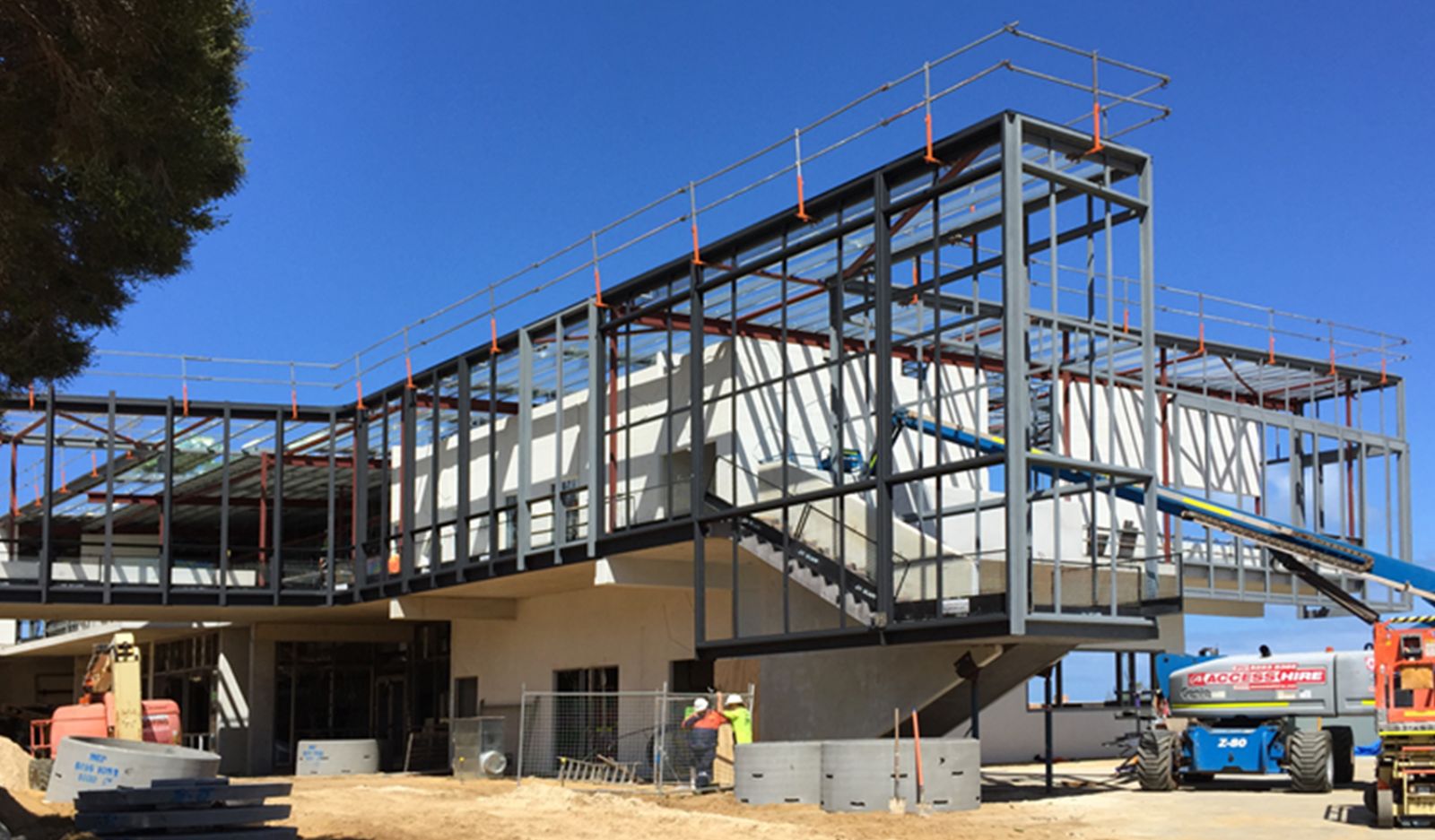Understanding the Importance of Structural Steel Welding
In modern construction, achieving superior durability and reliability in building frameworks requires advanced welding methods. Structural steel welding plays a critical role in ensuring that steel structures can withstand heavy loads, environmental stressors, and long-term wear. Incorporating precise welding techniques is essential for contractors and fabricators who aim to deliver high-quality projects. Without effective structural steel welding, the integrity of a building can be compromised, making it vital to adopt best practices in every project.
Types of Structural Steel Welding Techniques
Various welding techniques are employed to meet specific structural needs. Arc welding, including shielded metal arc welding (SMAW) and gas metal arc welding (GMAW), is widely used for its strength and efficiency. Each method has unique advantages depending on the type of steel, thickness, and environmental conditions. For instance, SMAW provides excellent penetration for thick steel plates, while GMAW offers cleaner welds and faster production. Understanding these techniques ensures that structural steel welding is tailored to the specific requirements of each construction project.
Preparation and Planning for Effective Welding
Proper preparation is crucial before beginning any structural steel welding task. Steel surfaces must be clean and free of rust, paint, or oil to ensure a strong bond. Accurate measurements and alignment are necessary to avoid structural weaknesses. Additionally, selecting the right filler material and welding parameters based on the steel grade enhances overall strength. Planning and preparation reduce the risk of defects such as cracks, porosity, and weak joints, which could compromise the stability of the structure.
Advanced Welding Methods for Enhanced Durability
Modern construction projects increasingly rely on advanced welding techniques to achieve superior performance. Techniques such as submerged arc welding (SAW) and flux-cored arc welding (FCAW) provide deep penetration and consistent weld quality. These methods are particularly beneficial for large-scale projects requiring high-strength steel connections. Utilizing these advanced approaches in structural steel welding guarantees both safety and longevity, meeting the demanding standards of contemporary building codes.
Common Challenges in Structural Steel Welding
Despite technological advancements, structural steel welding presents challenges that must be addressed. One of the most common issues is thermal distortion, which occurs when heat causes steel to expand unevenly. Skilled welders must apply proper heat control and sequencing to minimize these effects. Other challenges include managing residual stress, preventing weld cracking, and ensuring that joints meet specified tolerances. Overcoming these obstacles requires a combination of experience, precision, and strict adherence to welding protocols.
Quality Assurance in Structural Steel Welding
Ensuring the quality of structural steel welding involves rigorous inspection and testing. Non-destructive testing methods, such as ultrasonic testing, radiography, and magnetic particle inspection, are commonly used to verify weld integrity. These inspections detect internal flaws and ensure that every weld meets design specifications. Maintaining consistent quality throughout a project safeguards structural performance and helps builders avoid costly repairs or failures in the future.
The Role of Skilled Welders in Structural Projects
The success of structural steel welding largely depends on the expertise of skilled welders. Experienced professionals understand the nuances of steel behavior, weld geometry, and the effects of heat on metal properties. Continuous training and adherence to industry standards ensure that welders can produce joints with maximum strength and durability. Investing in qualified personnel is essential for contractors aiming to deliver high-quality steel structures that stand the test of time.
Future Trends in Structural Steel Welding
The construction industry is evolving, and structural steel welding is embracing new technologies to improve efficiency and precision. Robotic welding, automated monitoring systems, and advanced welding equipment are transforming traditional methods. These innovations enhance productivity while maintaining superior weld quality. As technology advances, the role of skilled welders will remain crucial, but they will increasingly work alongside intelligent systems that optimize every weld for strength and consistency.
Conclusion: Achieving Superior Strength Through Expert Welding
Mastering structural steel welding is essential for delivering robust and long-lasting buildings. By understanding different welding techniques, preparing properly, employing advanced methods, and maintaining strict quality assurance, contractors can ensure that every steel structure achieves maximum strength. Investing in skilled professionals and staying informed about future trends allows construction projects to meet modern standards and exceed expectations. Noble Steel is committed to excellence in structural steel welding, providing solutions that guarantee both durability and structural integrity for every project.



